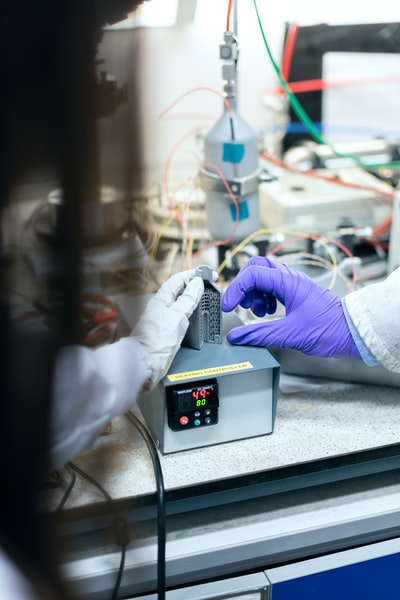 In a chemical reaction, elements or compounds react with one another and other elements and/or compounds are formed.
In a chemical reaction, elements or compounds react with one another and other elements and/or compounds are formed.
They involve electrons moving between species. The nuclei, on the other hand, always remain intact.
All chemical reactions can be represented in the form of a chemical equation. Through a chemical equation you can see what species were involved in the reaction and how they reacted. All chemical equations are composed of:
- the identities of all reactants and products
- the reaction coefficients
- the state symbols
——————————————————
The identities of all the reactants and products
All species involved in the reaction should be shown while those that were not should be left out. The reactants are written on the left-hand side of the arrow and the products on the right-hand side.
Due to the fact that the nuclei do not change, the number of atoms must be equal in number on both sides of the equation. Atoms can be transferred between species but they cannot be created or destroyed.
——————————————————
The reaction coefficients

Calculating what the reaction coefficients of a reaction are is called balancing the equation. The total number of atoms on both sides must be balanced.
Reaction coefficients do not show the actual amounts of substances reacting but the way in which they react.
——————————————————
The state symbols
State symbols show the physical state of each species involved in a reaction and must be included. For A-level chemistry you should know the following four:
- solid (s)
- liquid (l)
- gas (g)
- aqueous (aq)
——————————————————
Ionic Equations

This type of equation can be very useful in the simplification of precipitation reactions and acid-base reactions. In fact, any reaction between strong acids and strong alkalis has an identical ionic equation.